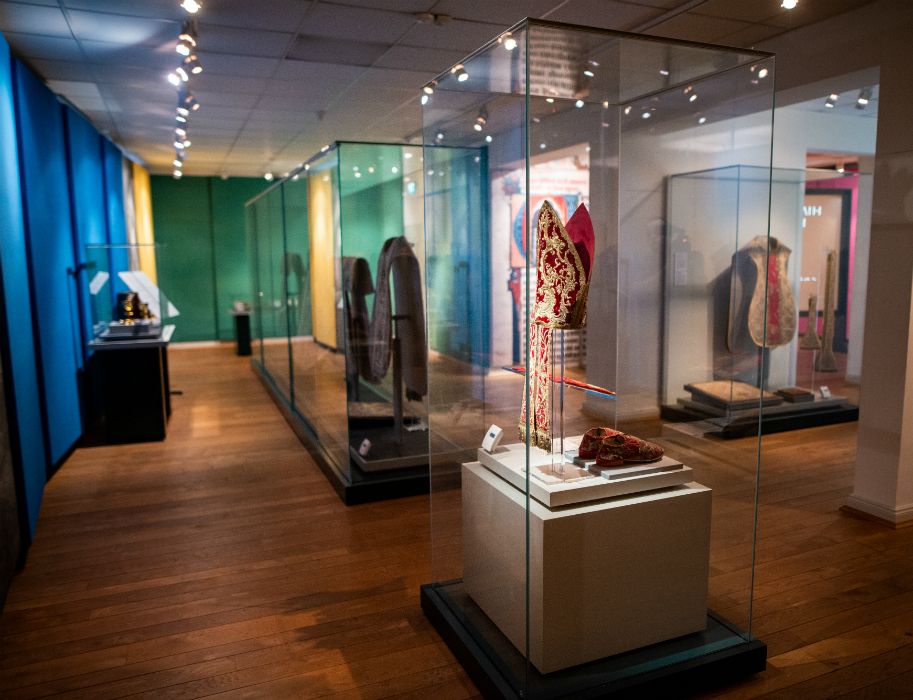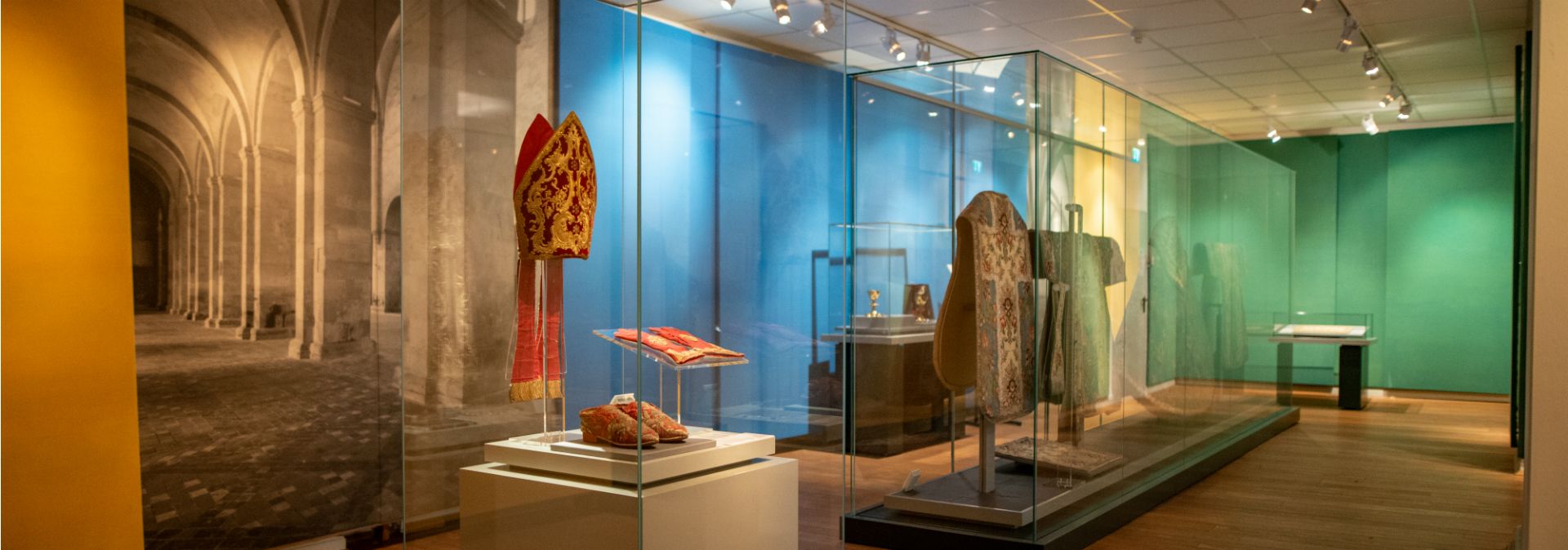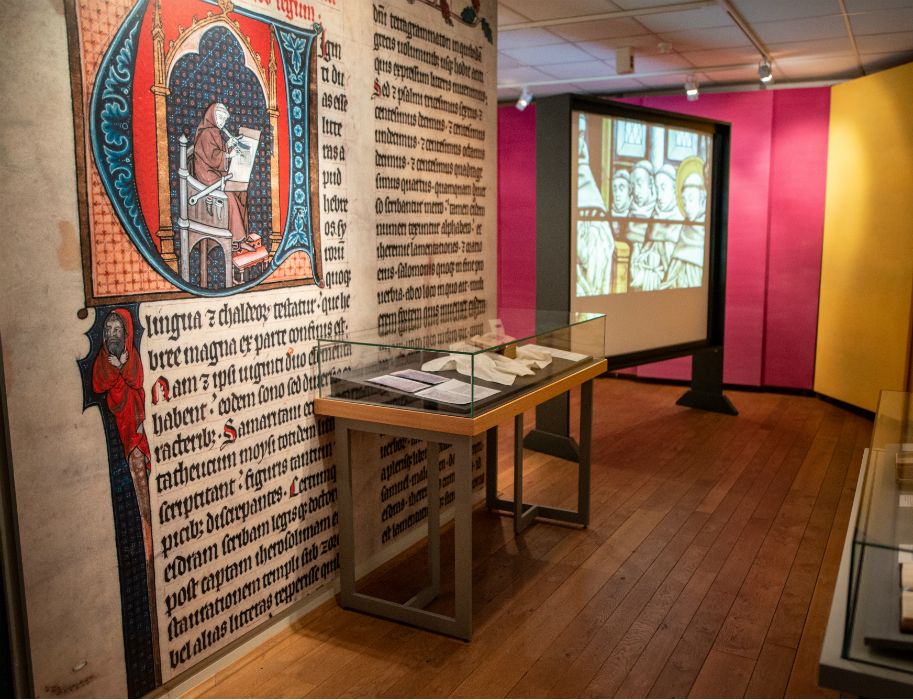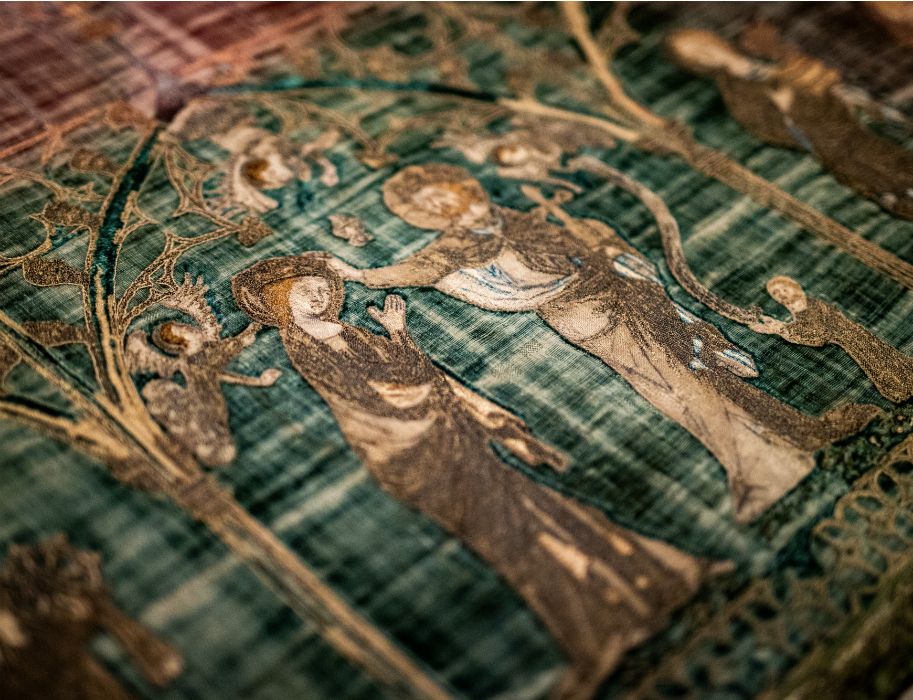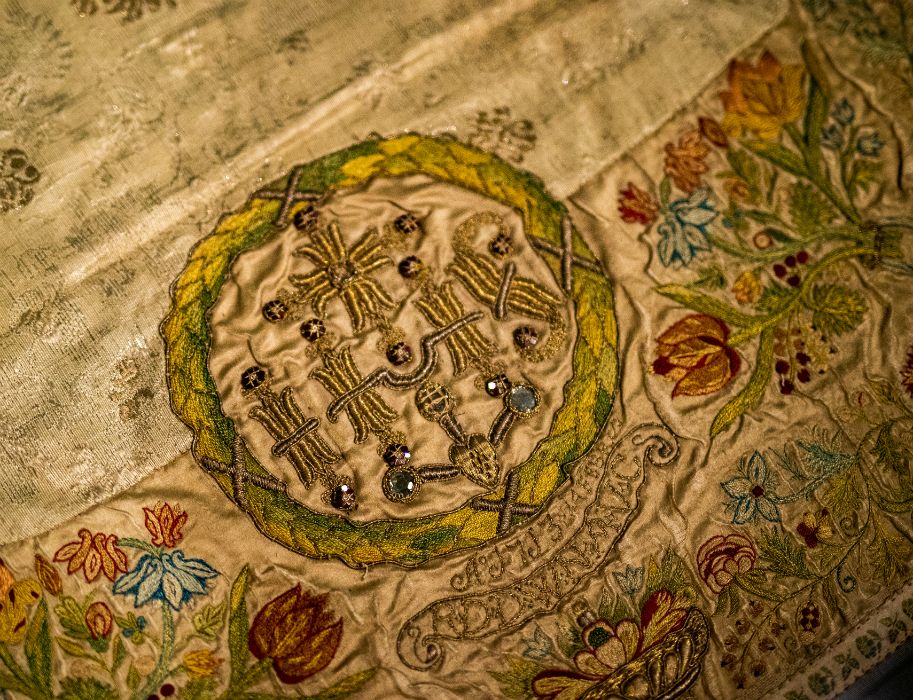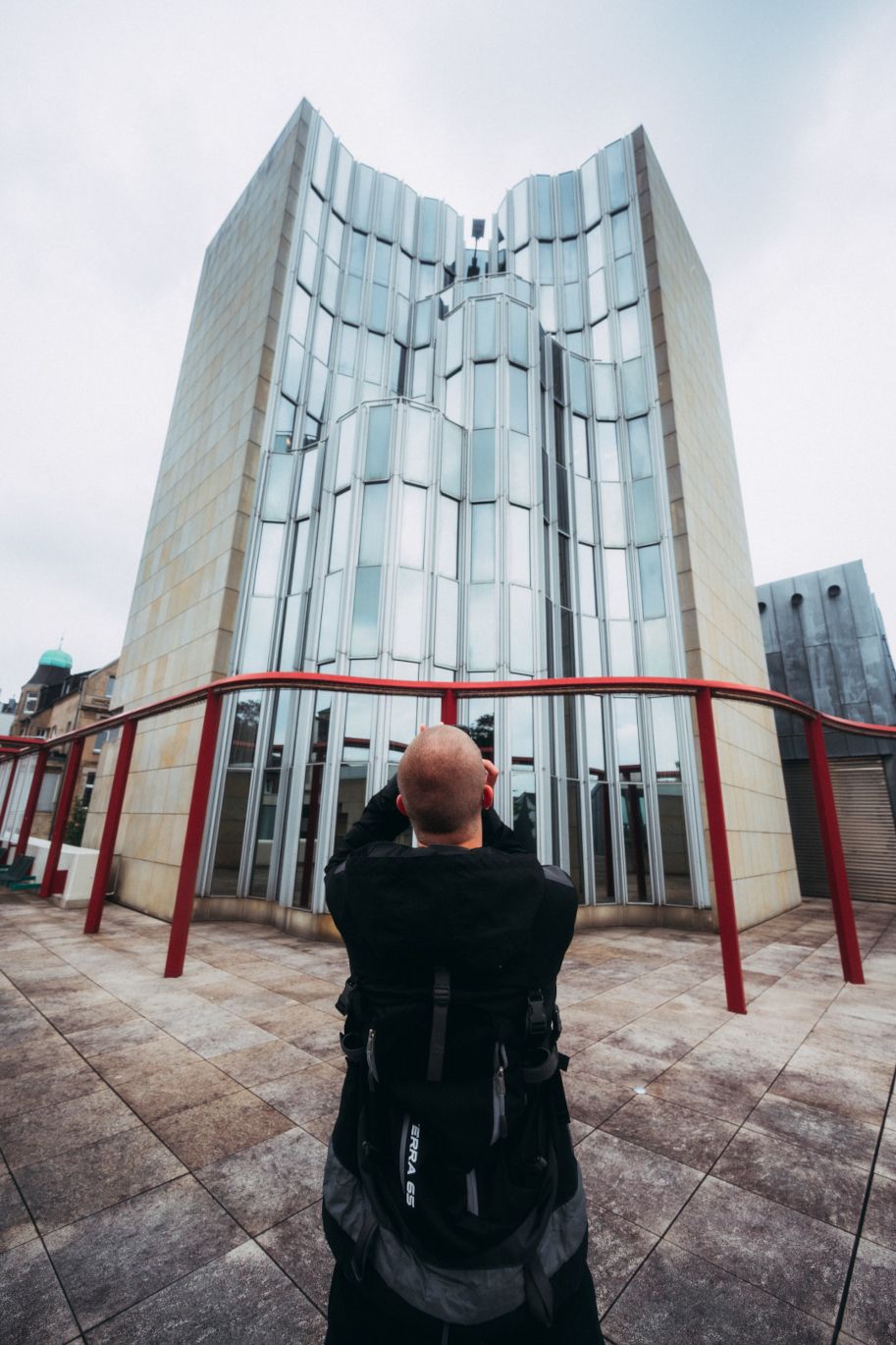For centuries, Kamp Abbey was one of the most important religious centers on the Lower Rhine. Numerous daughter monasteries were founded from here. Since the last monks left the Kamper Berg in 2002, the "Spiritual and Cultural Center
Center Kloster Kamp" is now a place of contemplation and reflection for everyone.
The former Cistercian monastery on Kamper Berg is surrounded by magnificent, flowering gardens. A large flight of steps leads up from the baroque terraced garden to the monastery complex, which shaped the spiritual life of the region for centuries. From the construction of the first monastery church in 1150 until secularization in 1802, the monks lived through ups and downs here. The moving spirituality of the place is documented in the treasury, the Kamp Monastery Museum. Well-selected and informative exhibits give visitors an insight into the life and work of the monastery. The "Kamper Family Tree" (1728) also impressively illustrates the widely ramified relationships of the monasteries in Eastern and Western Europe. One of the most valuable exhibits in the museum is the "Kamper Antependium", an altar curtain from the 14th century.
The abbey church, which the monks began to rebuild in 1638, is typical of Cistercian architecture. The exterior is simple, but visitors pass through the central nave, lined with 18th century figures, to the neo-Gothic reredos altar. Reliefs of the birth of Jesus and the Adoration of the Magi as well as scenes from the life of Mary adorn the wings of this impressive work. The imposing organ in the gallery, whose case was built around 1720/22, can still be heard today during blessing services and concerts.
Visitors can view the treasury and the abbey church of the former monastery on their own or on guided tours. The "Spiritual and Cultural Center Kloster Kamp" sees itself as a "blessed place" where people can find peace and contemplation. The offer for visitors ranges from monastery suppers, concerts and lectures to meditation and reflection days.
